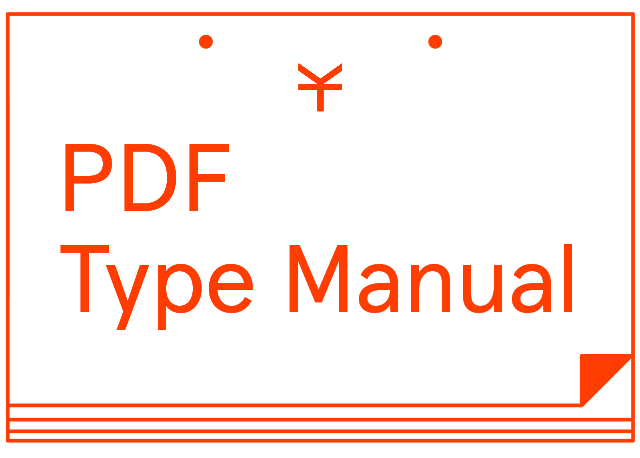Thesaurus
Thesaurus Text
Thesaurus Display
Standard Ligatures
ff fi fl ffi ffl ffl
Discretionary Ligatures
Th Tl fï fì fj fb fh fk ffb ffh ffì ffï ffj ffk
Case-Sensitive Forms
¡H¿H(H){H}[H]/H\H-–—
Small Caps
Habcdefghijklmnopqrstuvwxy
(Italic Only) – Swashes
A M Q T k v w
(Italic Only) – Discretionary Ligatures
Th as is ct st us
(Italic Only) – Contextual Alternates
gf gy gj
Old style Figures
0123456789
Tabular figures
0123456789
Lining figures
0123456789
Fractions
1/2 1/3 2/3 1/4 3/4 1/8 3/8 5/8 7/8
Letters – Superiors
Habcdefghijklmnopqrstuvwxyz
Superiors
H1234567890
Denominators
H1234567890
Inferiors
H1234567890
Slashed Zero
100.000
Glyphs →
Information
Thesaurus was inspired by the typographic history of the city of Geneva, based on the metal types that Robert Estienne brought from Paris, and which were used by his son, Henri II Estienne, for printing the famous book Thesaurus Græcæ Linguæ in 1572.
This typeface blends the particular features of the original metal types used by the Estienne family with contemporary characteristics such as a large x-height, narrower forms and increased modulation. Unlike the original types that inspired it, Thesaurus grew to become a super-family of 16 fonts, which comes in four weights and two optical sizes (Text and Display). The result is a versatile typeface with a rational flavour, with one foot in the past and one in the present.
Thesaurus received the Gold Award (first prize) at the European Design Awards 2018 and the Gold Award & Best Project of Category at the Latin American Design Awards 2019. It was one of four projects (of 444) awarded the Mention of Excellence at the 8th Latin-American Type-Design Biennial by Tipos Latinos (TL8). It was also awarded Gold in the Graphis Type 4: Typeface Design Competition.
Thesaurus was originally published by Typotheque in January 2017. Now, it is distributed exclusively by Fuerte, under a new license model and with a new character set.
To find out more about the origin and development of Thesaurus, see the article Fermin wrote for Typotheque – here.
Release
2017
Version
Designer
Fermín Guerrero
Trial fonts
The free Trials Fonts allow you to properly test our typefaces in your own designs before buying. Just provide us with your name and the email where you want to receive the fonts. Note that there are limitations to Trial Fonts’s uses. Make sure you read our Trial Use EULA before using them.
